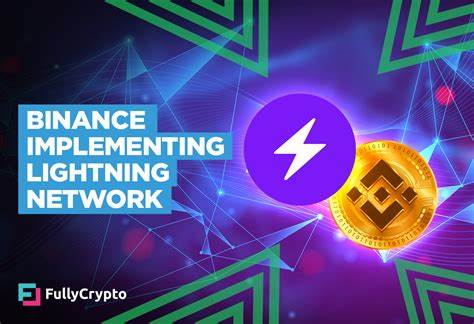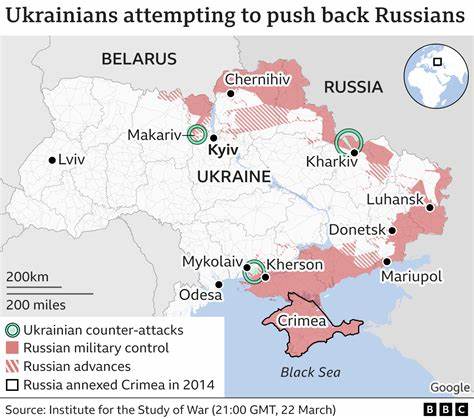An report by Finbold, a renowned financial news platform, has shed light on the current status of Binance's involvement with the Bitcoin Lightning Network. Binance, widely recognized as the largest cryptocurrency exchange globally, had previously announced the implementation of the Lightning Network for Bitcoin on June 20. However, despite this initial step, Binance has seemingly fallen behind its competitors in terms of active engagement with Bitcoin's second layer technology. The Lightning Network, hailed as a Layer-2 solution for enhancing the scalability of Bitcoin transactions, operates by enabling two users to establish a shared channel through which they can conduct transactions swiftly and with lower fees. Although Binance successfully inaugurated its first Lightning Network channel 62 days ago, the data revealed by Finbold from Amboss Space on August 16 paints a stagnant picture, with no new channels having been created within the past 30 days.
It is worth noting that Binance's total capacity on the Lightning Network, standing at 34 BTC (equivalent to 3.4 billion satoshis), has remained constant since at least July 24. This capacity signifies the total amount of Bitcoin deposited across Binance's six existing channels, available for users to facilitate deposits and withdrawals. In comparison, Binance's rivals in the realm of Lightning Network adoption, namely Bitfinex and Kraken, have exhibited a more proactive approach. Bitfinex, for instance, boasts two Bitcoin Lightning Network nodes – 'bfx-lnd0' and 'bfx-lnd1' – with capacities exceeding over 400 BTC each, distributed among numerous channels.
On the other hand, Kraken operates a single node with a capacity of more than 324 BTC across 1,509 channels. Despite being the frontrunner in terms of Bitcoin trading volume, with over $837 million exchanged in BTC/USDT and BTC/TUSD pairs within the last 24 hours, Binance's utilization of the Lightning Network appears to be below the expectations of enthusiasts eagerly anticipating enhanced deposit and withdrawal functionalities on the platform. Nonetheless, an update to the story post-publication revealed that while Binance has indeed integrated the Lightning Network, retail users are unable to establish direct channels with the exchange. Consequently, users are required to route their deposits and withdrawals through intermediary nodes, posing a potential barrier to seamless interaction with Binance on the Lightning Network. The explanation provided by Amboss further elucidated this situation, highlighting the disparity in node connection details between Kraken and Binance, thereby impeding direct channel openings with the latter for the general user base.
This discrepancy underscores a crucial aspect of Binance's Lightning Network framework and warrants further consideration from both the exchange and its users moving forward. In conclusion, while Binance's initial foray into the Bitcoin Lightning Network garnered attention and anticipation from the crypto community, the platform's current utilization of this technology appears to be constrained and requires a more proactive approach to fully leverage the benefits offered by the Lightning Network. As the cryptocurrency landscape continues to evolve, Binance's engagement with the Lightning Network will undoubtedly remain a focal point for industry observers and enthusiasts alike.









